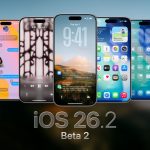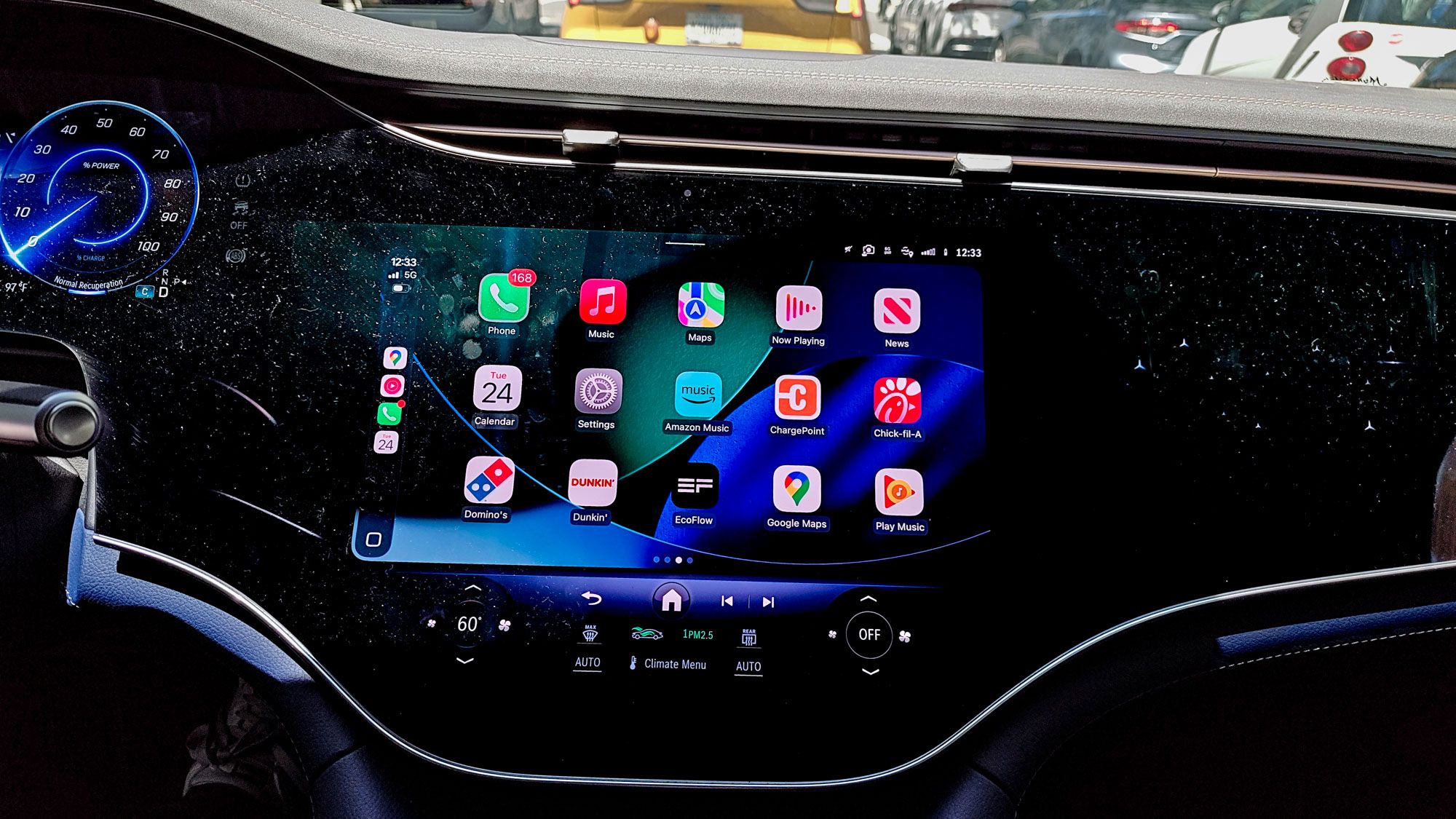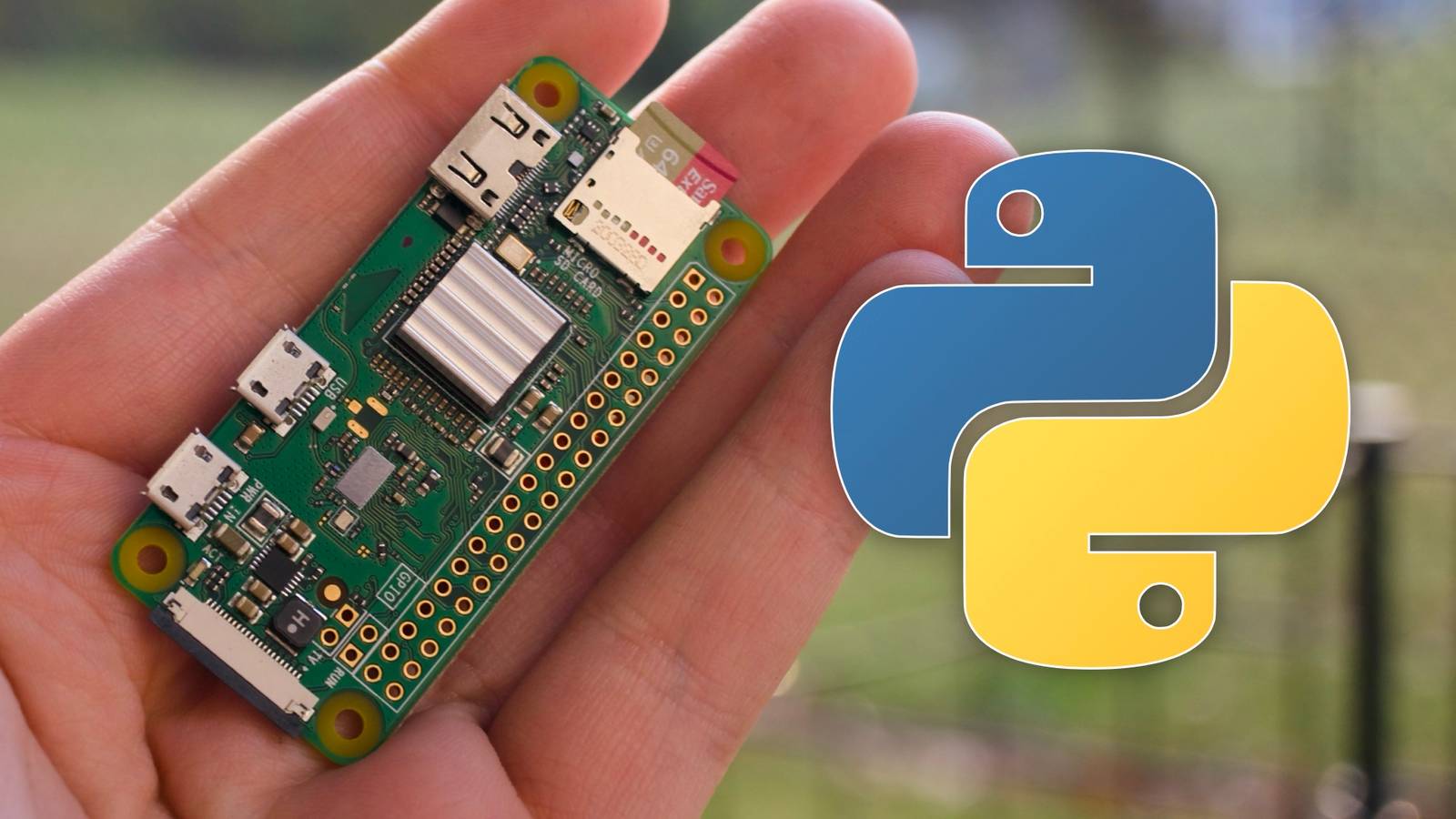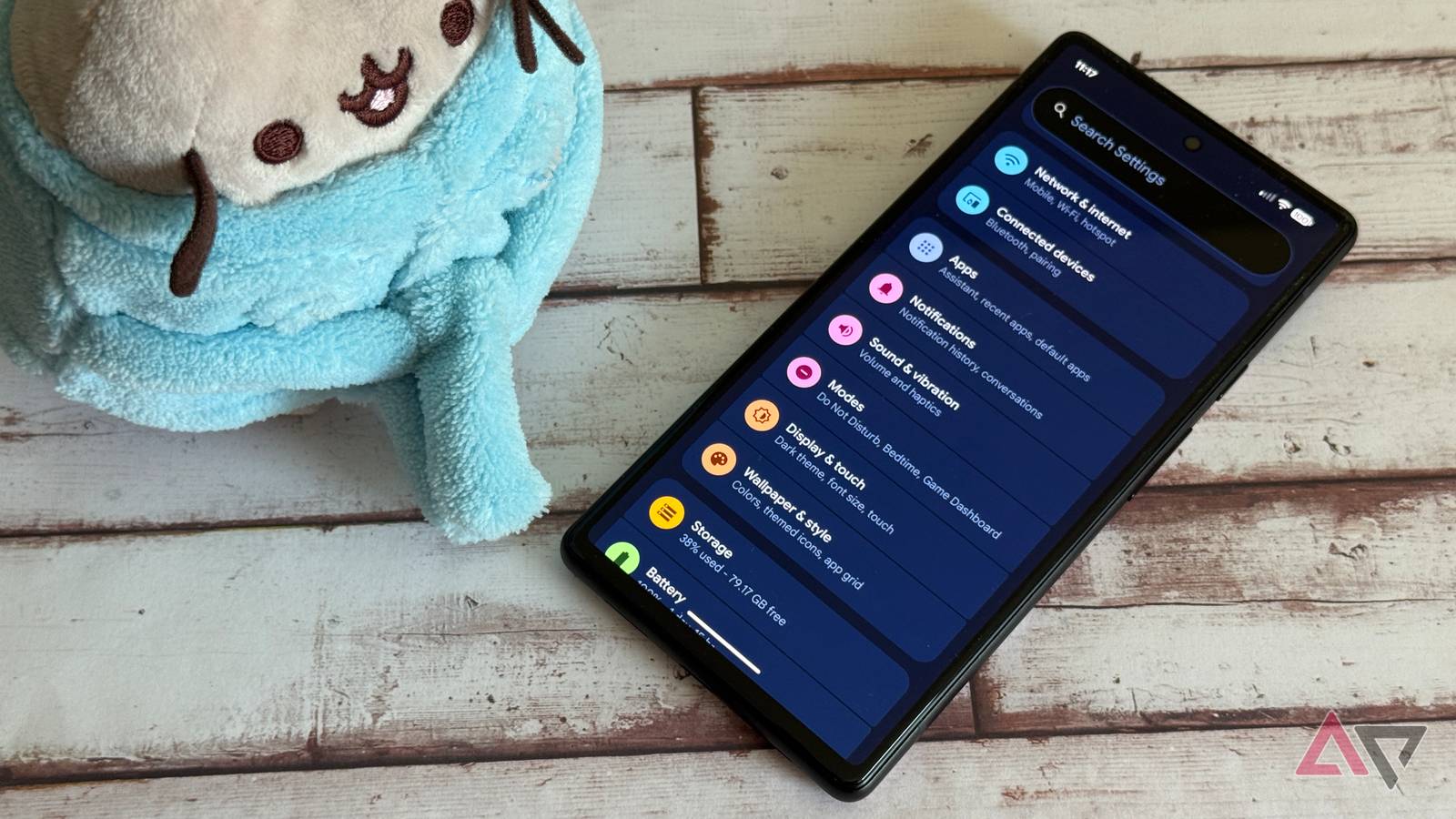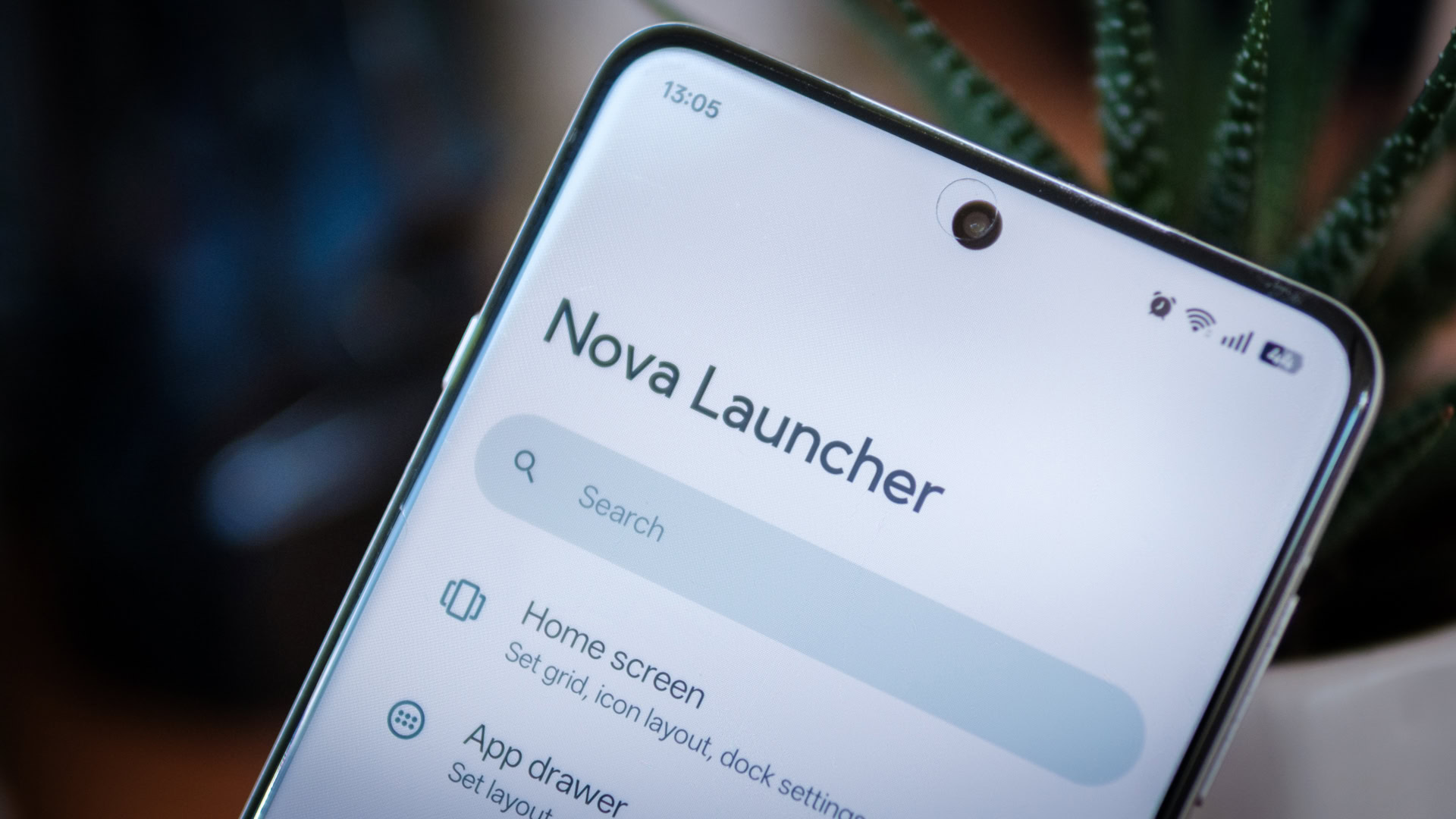When I first started testing electric vehicles, I was spoiled by how I could wirelessly access Android Auto and CarPlay. Being able to start my car and have my phone features seamlessly through the main dashboard screen was a game changer.
This has been my method over the past year for testing the best electric cars. Every time I came across a new vehicle I was testing that offered wired rather than wireless connectivity, like the Hyundai ioniq 6, I liked it because I wanted to be able to not have to deal with wires. But I’ve changed my mind recently, as I’ve experienced more inconveniences lately with Android Auto and wireless CarPlay. Here’s why I think wired is the best option for phone connectivity in your car.
Not as much battery drain
Since Android Auto and CarPlay wireless connectivity uses your phone’s Wi-Fi to communicate directly with it, this ends up draining your battery. My daily commute every time I drive lasts about an hour and 15 minutes depending on traffic, but I’ve seen countless times when I arrived home with my phone begging me to turn on its low power mode.
Choosing to go with a wired connection, this method obviously charges your phone to keep it at a decent level by the time you arrive at your destination. You might argue that I could counteract battery drain by putting my phone on a wireless charger, but that brings me to my next point.
Your phone will run cooler
Another unintended result of using CarPlay or Android Auto wirelessly is that the constant transfer of data makes my phone work hard and, as a result, frequently becomes hot to the touch. It usually becomes annoying 15 minutes into my ride due to the hot feeling I get in my pocket.
I know very well how heat buildup can slowly kill any device, including one of the best phones because they cause long term damage. Opting for a wired connection makes your phone run less, which in turn allows it to maintain a more moderate temperature. If I could use one of the infrared cameras I test from time to time, I wouldn’t be shocked by the results.
It’s best to place your phone in the center console area, but even then I noticed my phone was quite warm when exiting the vehicle.
Almost no latency issues
The final point I want to make about why wired Android Auto and CarPlay are better than wireless only occurred to me last month. For some reason, while testing the Lexus UX 300h, I started to notice a delay in some typical media controls whenever I streamed songs from YouTube Music.
At first I didn’t think much of it, but then it started to get worse with a delay of about a few seconds when trying to fast forward a track. That might not seem like a lot of time, but trust me, it’s when you shuffle a playlist in hopes of getting the right song.
Unsurprisingly, media controls were much more instantaneous when I switched back to a wired connection, leading me to believe that wireless connectivity has an impact on latency. Plus, it doesn’t help when you’re in traffic jams with other people who are probably using Wi-Fi to some extent.
Conclusion
More and more vehicles now support wireless CarPlay and Android Auto, but you should still consider opting for a wired connection. I explained my experience using it, which I believe has more practical benefits in the long run. From keeping your phone from overworking to communicating almost instantly between your phone and these services, I no longer view wired connectivity as a bad thing.
Follow Tom’s Guide to Google News And add us as your favorite source to get our latest news, analysis and reviews in your feeds. Make sure to click the Follow button!





